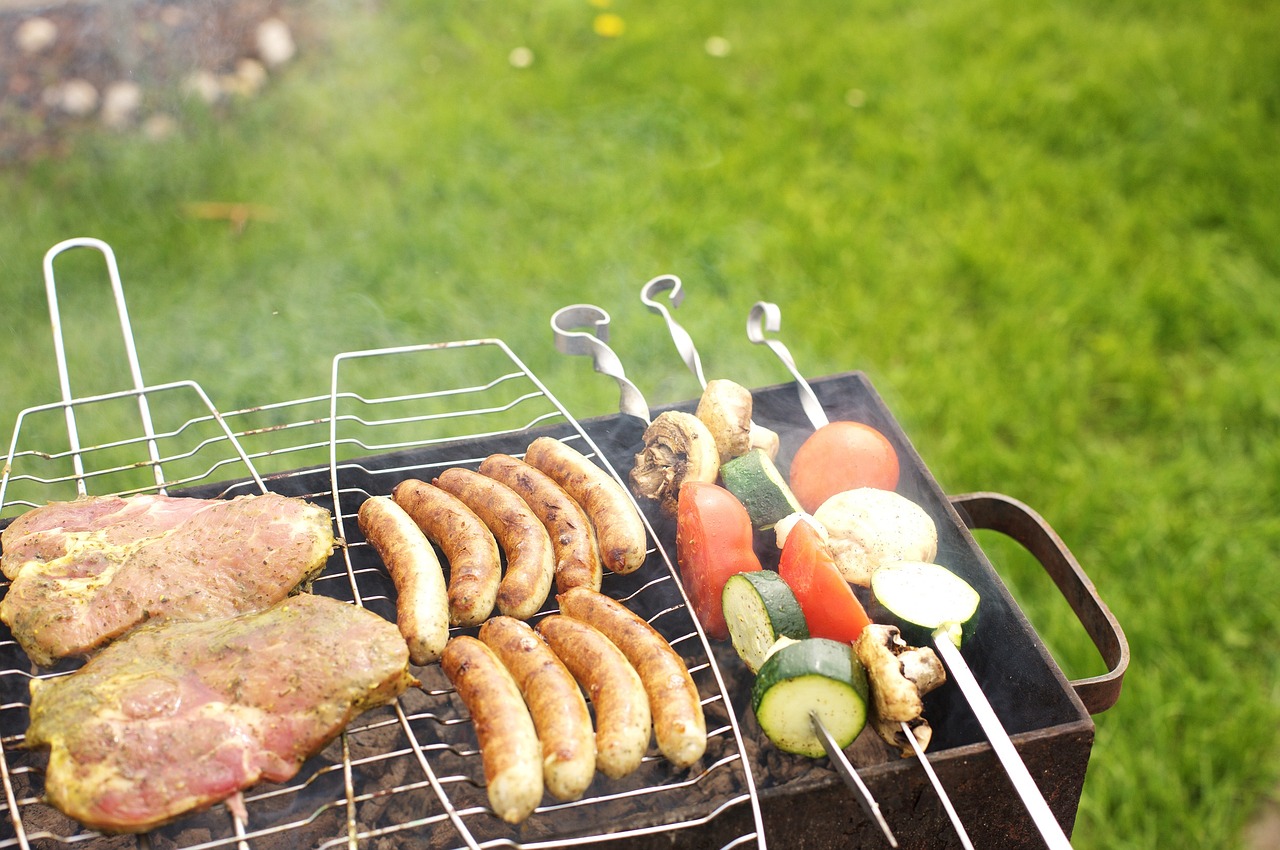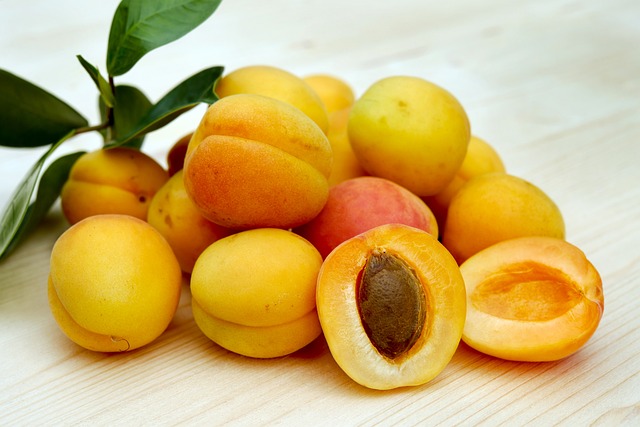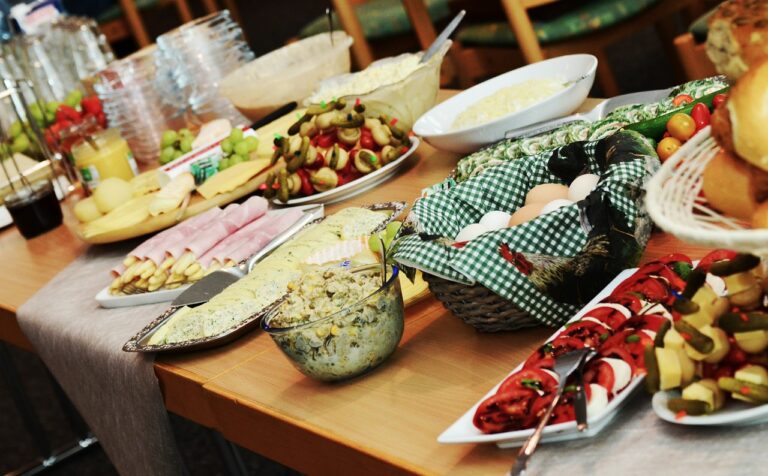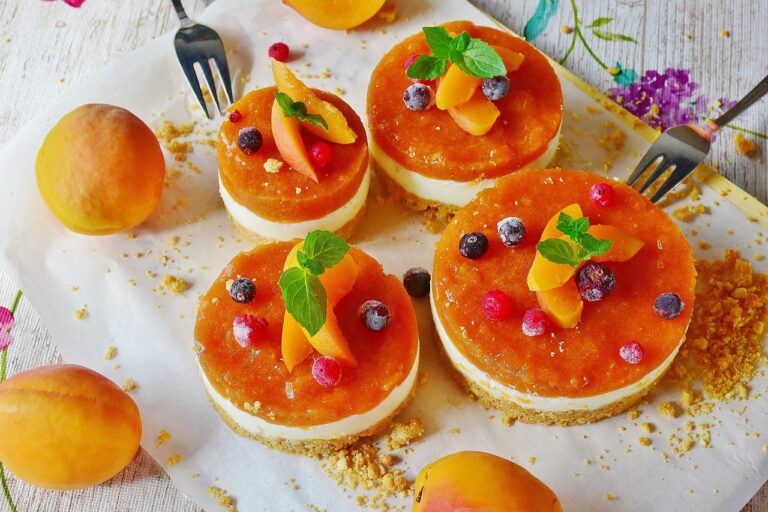Advances in Gluten-Free Bread Making
99exch.com login, laser247. com, yolo247 login:Advances in Gluten-Free Bread Making
Gluten-free diets have become increasingly popular over the past few years, with more and more people opting to eliminate gluten from their diets for various health reasons. As a result, there has been a growing demand for gluten-free products, including bread.
In the past, gluten-free bread was often considered to be inferior in taste and texture compared to traditional wheat bread. However, thanks to advances in food science and technology, gluten-free bread making has come a long way. Here are some of the latest developments in gluten-free bread making that have helped to improve the quality of gluten-free bread:
1. Improved Flour Blends
One of the key challenges in gluten-free bread making is finding the right combination of gluten-free flours to mimic the properties of wheat flour. In the past, gluten-free breads were made primarily with rice flour, which often resulted in a crumbly texture and lack of elasticity. Nowadays, gluten-free flour blends that combine a variety of gluten-free flours, such as sorghum, millet, and tapioca, have been developed to improve the texture and structure of gluten-free bread.
2. Enzyme Technology
Enzymes play a crucial role in the bread-making process by breaking down starches and proteins to improve the texture and volume of the bread. In gluten-free bread making, enzymes are used to help strengthen the dough, improve the crumb structure, and enhance the overall quality of the bread. Advances in enzyme technology have led to the development of specific enzymes that are tailored to gluten-free bread making, resulting in bread that is softer, moister, and more similar to traditional wheat bread.
3. Prebiotics and Fiber
Adding prebiotics and fiber to gluten-free bread not only improves the nutritional profile of the bread but also enhances its texture and flavor. Prebiotics, such as inulin and chicory root fiber, are non-digestible fibers that help to promote the growth of beneficial bacteria in the gut. Fiber, on the other hand, adds bulk to the bread and helps to improve its structure. Incorporating prebiotics and fiber into gluten-free breads has become a popular trend in gluten-free bread making, as it offers both health benefits and improved product quality.
4. Souring Agents
Souring agents, such as sourdough starters, are used in traditional bread making to add flavor, improve texture, and extend the shelf life of the bread. In gluten-free bread making, souring agents have also been found to be beneficial in enhancing the taste and texture of the bread. By fermenting the dough with sourdough starters or other souring agents, gluten-free bread makers can achieve a more complex flavor profile and a better overall texture in their bread.
5. Novel Ingredients
Innovation in gluten-free bread making has brought about the use of novel ingredients that not only improve the quality of the bread but also cater to specific dietary requirements. For instance, psyllium husk, a soluble fiber derived from the plantago ovata plant, is often used in gluten-free bread recipes to improve the texture and moisture content of the bread. Other novel ingredients, such as chia seeds, flax seeds, and teff flour, are also being incorporated into gluten-free breads to enhance their nutritional value and flavor.
6. Alternative Leavening Agents
Aside from traditional yeast and chemical leavening agents like baking powder and baking soda, gluten-free bread makers are exploring alternative leavening agents to improve the rise and texture of gluten-free bread. For example, aquafaba, the liquid obtained from cooking chickpeas or other legumes, has been found to be an effective vegan alternative to eggs in gluten-free bread recipes. Aquafaba acts as a foaming agent and helps to create a light and airy texture in gluten-free bread.
FAQs
Q: Is gluten-free bread always healthier than traditional wheat bread?
A: While gluten-free bread may be necessary for individuals with gluten intolerance or celiac disease, it is not inherently healthier than traditional wheat bread. Gluten-free bread can still be high in sugar, fat, and calories, so it is important to read the ingredient list and choose gluten-free breads that are made with whole grains and natural ingredients.
Q: Can I make gluten-free bread at home?
A: Yes, you can make gluten-free bread at home using gluten-free flour blends, alternative leavening agents, and other gluten-free ingredients. There are many gluten-free bread recipes available online that cater to different dietary preferences and restrictions.
Q: How can I improve the texture of my gluten-free bread?
A: To improve the texture of your gluten-free bread, you can try adding prebiotics and fiber, using souring agents like sourdough starters, experimenting with different flour blends, and incorporating novel ingredients like psyllium husk and chia seeds. Additionally, be sure to follow the recipe instructions carefully and allow the dough to rest and rise properly before baking.
In conclusion, the advancements in gluten-free bread making have revolutionized the quality and variety of gluten-free bread available in the market today. With innovative ingredients, improved techniques, and a better understanding of gluten-free baking, gluten-free bread makers are now able to create delicious, nutritious, and satisfying gluten-free breads that can rival their wheat counterparts. Whether you have celiac disease or simply choose to follow a gluten-free diet, you can now enjoy a wide range of gluten-free bread options that are both tasty and wholesome.







